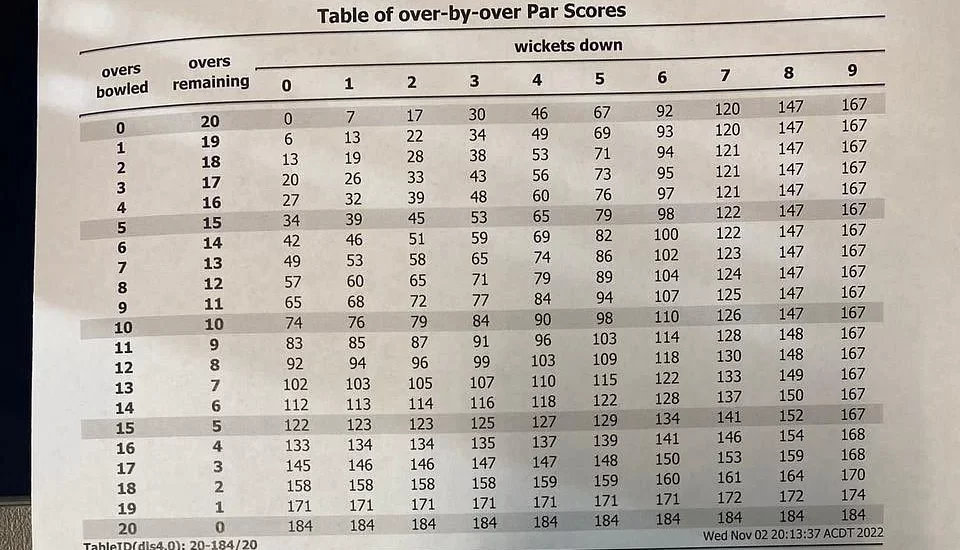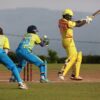
Cricket is a sport that has always been influenced by external factors, and one of the most unpredictable elements is the weather. Rain interruptions have long posed challenges to the game, altering match outcomes and leaving teams and fans in suspense. In such instances, the Duckworth-Lewis method has emerged as a revolutionary tool, reshaping cricket history and injecting thrilling turnarounds into the sport.
Origins of the Duckworth-Lewis Method
The Duckworth-Lewis method, named after statisticians Frank Duckworth and Tony Lewis, came into existence during the 1996-1997 cricket season. The International Cricket Council (ICC) sought a fair way to adjust targets in limited-overs matches affected by rain interruptions. Duckworth and Lewis devised a mathematical formula that considered the resources available to the team batting second, including overs remaining and wickets lost.
The First Application
The Duckworth-Lewis method made its debut in international cricket on September 27, 1997, during a One Day International (ODI) match between Zimbabwe and England. Rain interrupted the game, and the revised target was calculated using this new methodology. While the match ended in a no-result due to further rain, the introduction of the Duckworth-Lewis method marked a significant step forward in providing a fair chance to both teams when weather intervened.
Impact on Cricket History
Since its inception, the Duckworth-Lewis method has had a profound impact on cricket, altering match outcomes and creating dramatic moments that will forever be etched in fans’ memories. The method ensures that teams have a revised target to chase, enabling a fair contest even if the match is shortened due to weather conditions.
Over the years, several matches have witnessed captivating turnarounds influenced by the this method. One of the notable instances occurred during the 1999 Cricket World Cup encounter between India and Zimbabwe. Rain interrupted the match, and India’s revised target appeared daunting. However, guided by Rahul Dravid’s remarkable century, India staged a remarkable comeback to achieve an unlikely victory.
In another remarkable incident, the 2010 ICC World Twenty20 clash between England and Australia showcased the thrilling nature of the Duckworth-Lewis method. Persistent rain disruptions and changing targets added to the excitement, and the match concluded with England securing a dramatic win by a single run.
The Final Thoughts
The Duckworth-Lewis method has undoubtedly shaped cricket history, providing a fair and balanced approach to adjust targets in rain-affected matches. By taking into account key factors such as overs remaining and wickets lost, it ensures that teams have an equitable opportunity to compete. Through its implementation, the Duckworth-Lewis method has injected thrilling turnarounds and suspenseful moments into the game, captivating fans worldwide.
As cricket evolves, so too does the Duckworth-Lewis method. It continues to be refined and updated to enhance accuracy and fairness, ensuring that rain interruptions do not diminish the excitement and competitiveness of the sport. Whether it be tense run chases or astonishing comebacks, the Duckworth-Lewis method remains an integral part of cricket’s rich tapestry, adding another layer of unpredictability and excitement to the beloved game.


